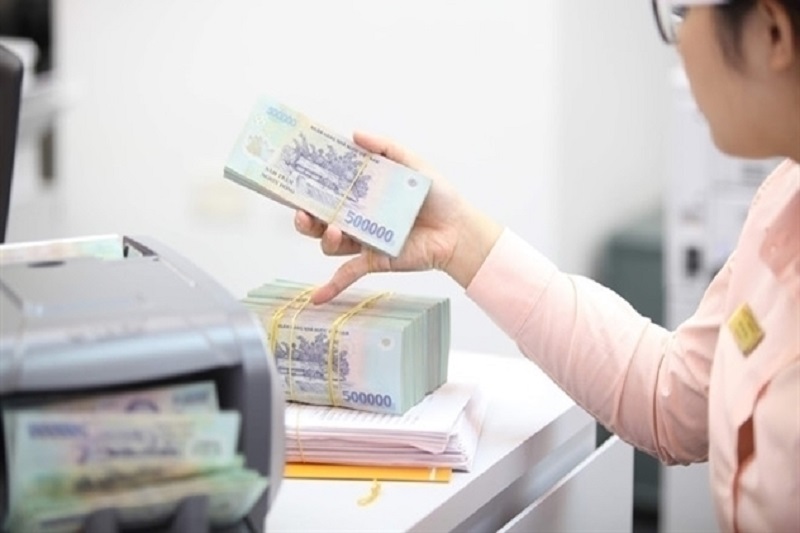Loan rates could be cut by an additional 1.25–2%
There is undoubtedly potential to lower loan interest rates in Vietnam's current macroeconomic climate, where inflation is below 4% and deposit rates have significantly dropped.
Recently, many banks have expressed their agreement with the call to lower the minimum interest rate by 1.5-2% per year to support businesses and individuals in recovering production and promoting economic growth.
.jpg)
The average interest rate on new loans has dropped to 8.6% annually, the State Bank of Vietnam (SBV)'s most recent data show, a 1.3% fall from the end of the previous year. Some banks are attempting to balance and lower interest rates for current loans in addition to lowering interest rates for new loans, as instructed by the government and the SBV.
The Vietnam Banking Association's Deputy Chairman and Secretary-General, Mr. Nguyen Quoc Hung, noted that the current economy is experiencing serious challenges. The government, several ministries, and the SBV have made a number of resolute suggestions in the recent past to help enterprises and individuals overcome these challenges, but the economy's ability to absorb capital is still weak.
The decision by credit institutions to lower deposit and lending interest rates will benefit businesses, people, and the real estate market. Credit institutions, however, are also up against several difficulties.
The handling of collateral assets and debt recovery still faces many obstacles, including uncooperative borrowers and cases of widespread calls for non-repayment on social media, especially in the consumer lending segment, stressed Mr. H. "Specifically, although credit institutions have reduced lending rates, the credit growth rate is low, along with difficulties in the capital and real estate markets leading to a decline in bank assets, an increase in bad debts, while the handling of collateral assets and debt recovery still faces many obstacles."
Mr. Pham Xuan Hoe, a former Deputy Director of the Strategic Institute at the State Bank of Vietnam (SBV), said that there is still room to lower loan interest rates given Vietnam's current macroeconomic climate, which includes inflation below 4% and a significant decline in deposit rates.
Banks should be more generous in their sharing with the business community if they want to further lower borrowing rates by 1.5–2% annually.
But the problem is that loan rates aren't being lowered as quickly as they could since credit institutions face enormous risks, especially those related to output interest rates. This factor needs to be under control in order for banks and credit institutions to be able to lower lending rates, and the SBV's supervisory and inspection agencies can do so.
The banking specialists also suggested two solutions to deal with this problem. First, the economy is currently experiencing a cash shortage since the overall means of payment have only expanded by 2.53%, and the two most crucial channels, budget injections and public investment spending, have not been adequately executed. As a result, the State Bank of Vietnam's channel for purchasing foreign currency should be "relaxed" even more so that there is more money available on the market to support the economy.
"I want to highlight that the goal is to increase economic prosperity rather than only credit institutions' liquidity, as the latter is already high. However, companies can only make payments if they have excess deposits and sell USD to banks or other organizations. If the state budget can release more funds, it will increase the flow of money across the economy and present a chance to reduce interest rates", said Mr. Hoe.

Another concern is the ongoing issue of revolving loans that companies are unable to pay off, particularly in the construction industry where companies are saddled with huge debts from public investment projects and lack the cash flow to pay back banks and other suppliers. The most significant indication of the lack of cash flow is the fact that these debts are still included on the balance sheet.
In Mr. Hoe's opinion, banks should be more giving when it comes to distributing resources to the business sector, and the reduction in borrowing rates might be furthered by 1.5–2% annually.
Second, there should be macroeconomic support measures including quickening the release of public investment funds and boosting demand. For instance, the July 1st salary rise issue has not yet been properly implemented.
Direct assistance for underprivileged households should be placed into accounts at the same time to encourage spending by consumers. Commercial banks must also encourage consumer loans to increase demand since they primarily rely on export growth.








